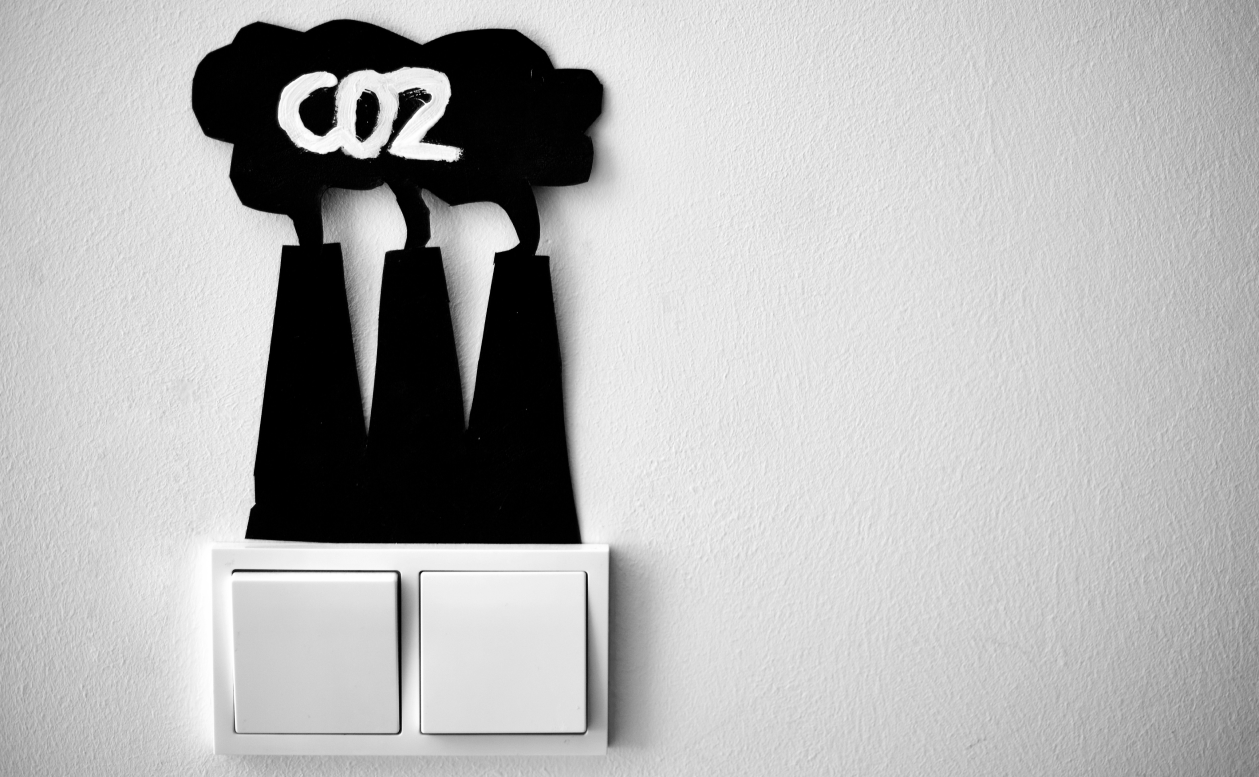How Do We Measure Carbon Footprints?
A carbon footprint shows how much greenhouse gas gets released into the air. These gases, like methane and carbon dioxide, trap heat and warm up the Eases get produced. We often use a unit called carbon dioxide equivalence (CO2e) to make arth. When we measure a carbon footprint, we're checking how much of these git easy to compare different things, like activities or industries.
When we talk about measuring carbon footprints, we're basically looking at how much we're contributing to making the Earth warmer. It's like counting how many pieces of candy you eat. Instead of candy, though, we're counting how much gas we're putting into the air.
Understanding Life-Cycle Assessment
Apart from carbon footprints, there's something called a life-cycle assessment. It looks at all the ways a product or service affects the environment. We call it "cradle-to-grave" because it includes everything from making the product to throwing it away. Take a car, for instance. We'd look at how much energy and materials it takes to build, run, maintain, and get rid of it.
So, when we talk about a life-cycle assessment, we're not just looking at one part of a thing's life. We're looking at the whole story from when it's first made until it's tossed away. It's like looking at a movie from the beginning to the end instead of just watching a single scene.

Impact of Carbon The on Climate Change
Carbon dioxide (CO2) is a big deal in climate change. It traps heat from the sun and the Earth, making things warmer. Burning fossil fuels and cutting down trees release lots of CO2 into the air. This leads to problems like the ocean getting more acidic, seas rising, stronger storms, and animals losing their homes.
Think of carbon dioxide like a blanket. When you're cold, you wrap yourself in a blanket to stay warm. But if you put too many blankets on, you get too hot. That's what's happening with CO2. There's too much of it, so the Earth is getting too warm, causing all sorts of problems.

What Happens When CO2 Levels Rise?
CO2 levels have shot up since the 1700s, hitting levels not seen for ages. As CO2 rises, so do temperatures worldwide. This causes a chain reaction of bad stuff like oceans getting acidic, crazy weather, animals losing their homes, less food, and rich-poor gaps getting wider. We need to cut down on carbon emissions to stop these things from getting worse and to keep our planet healthy.
Imagine if you left a tap running in your bathtub. Soon, the water would overflow and make a big mess. That's what's happening with CO2. There's too much of it, and it's causing big problems like floods and making it hard for animals to survive. We need to turn off the tap to stop the mess from getting worse.
Stay Connected and Engage with Us
Reach out to learn more about our initiatives or to join our community of forward-thinkers pushing the boundaries of what's possible in the Web3 space. Follow us on social media and stay updated on our progress and how you can contribute to a sustainable digital world.




